

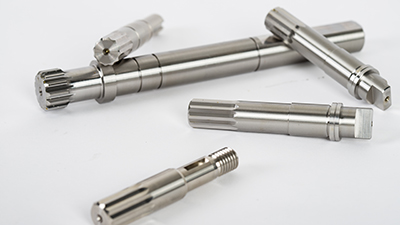
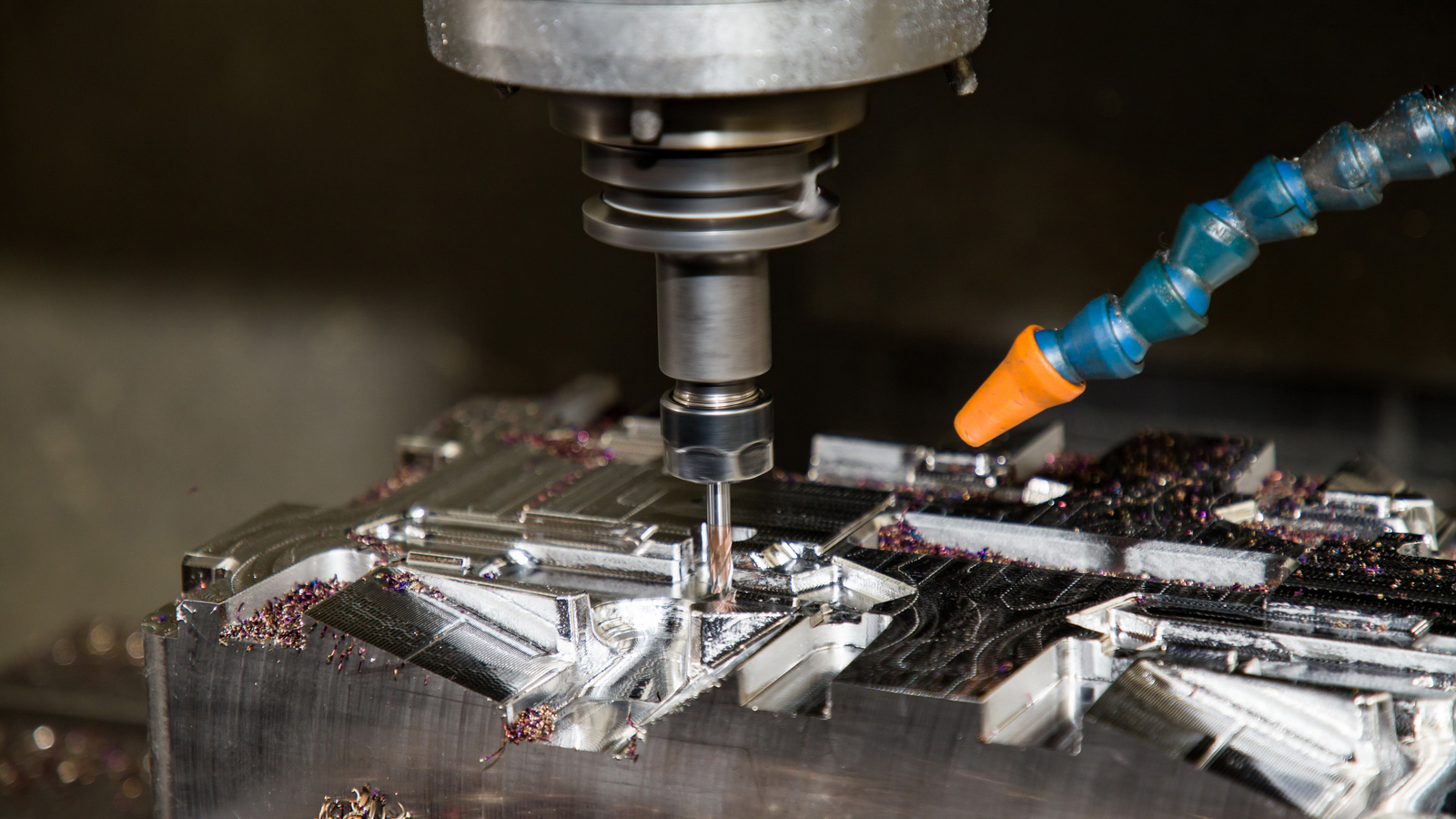
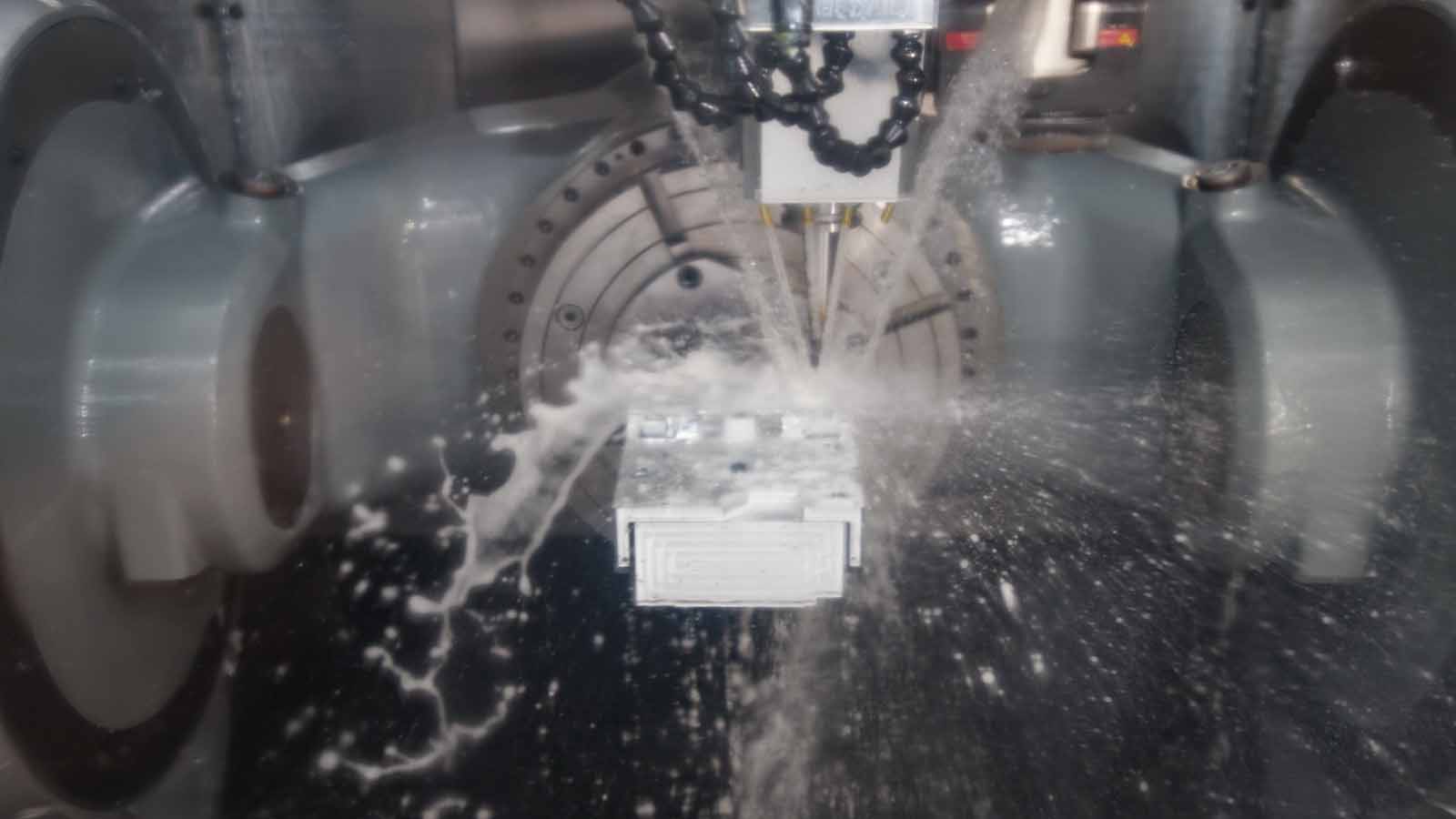
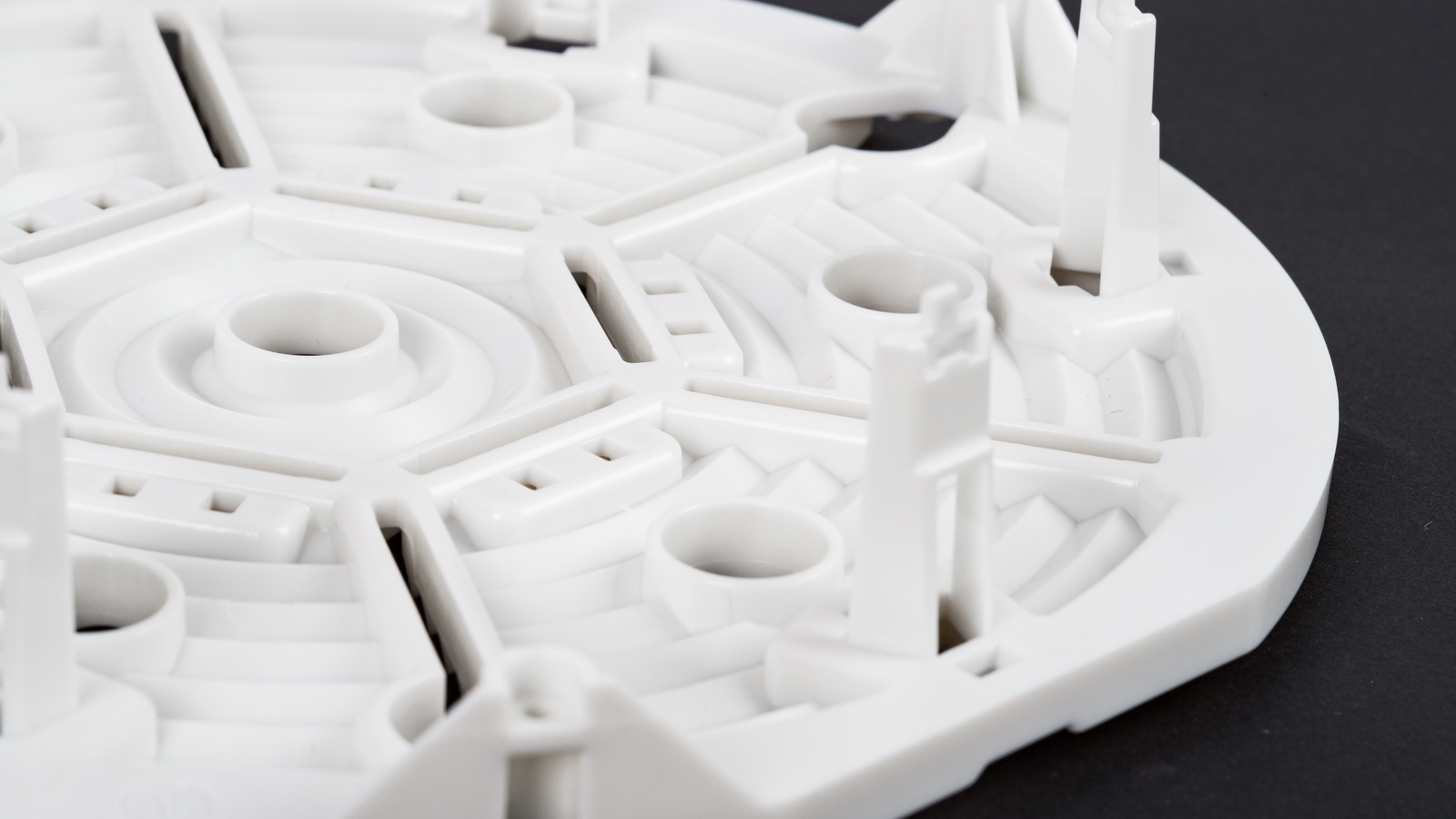
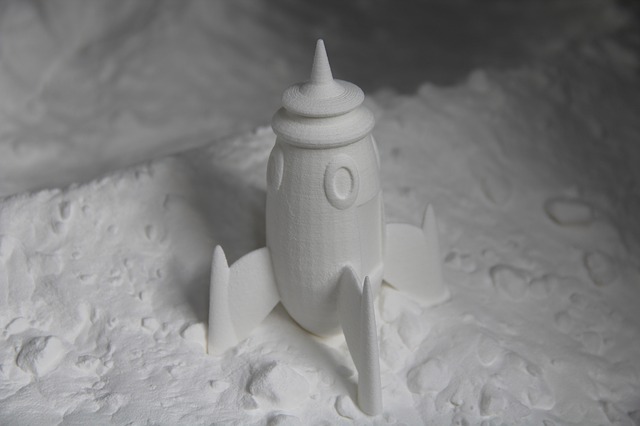

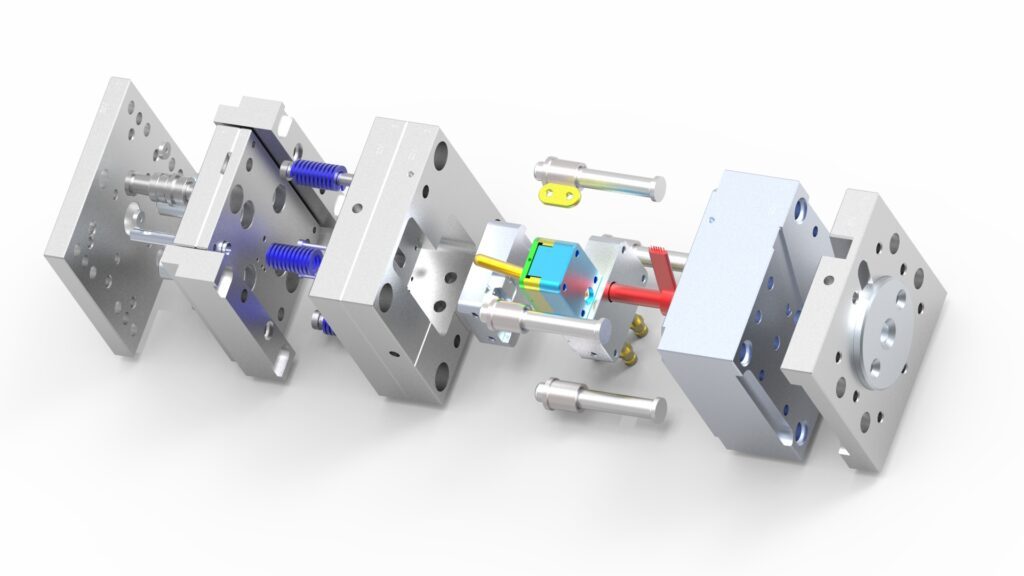
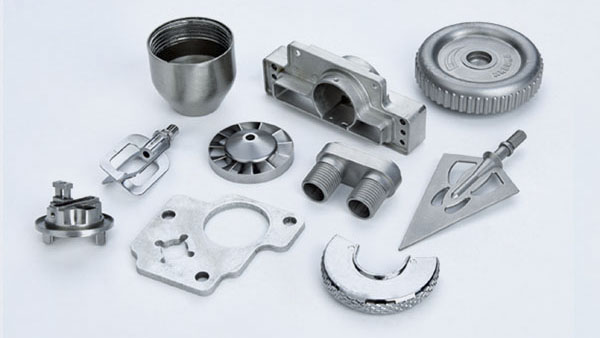
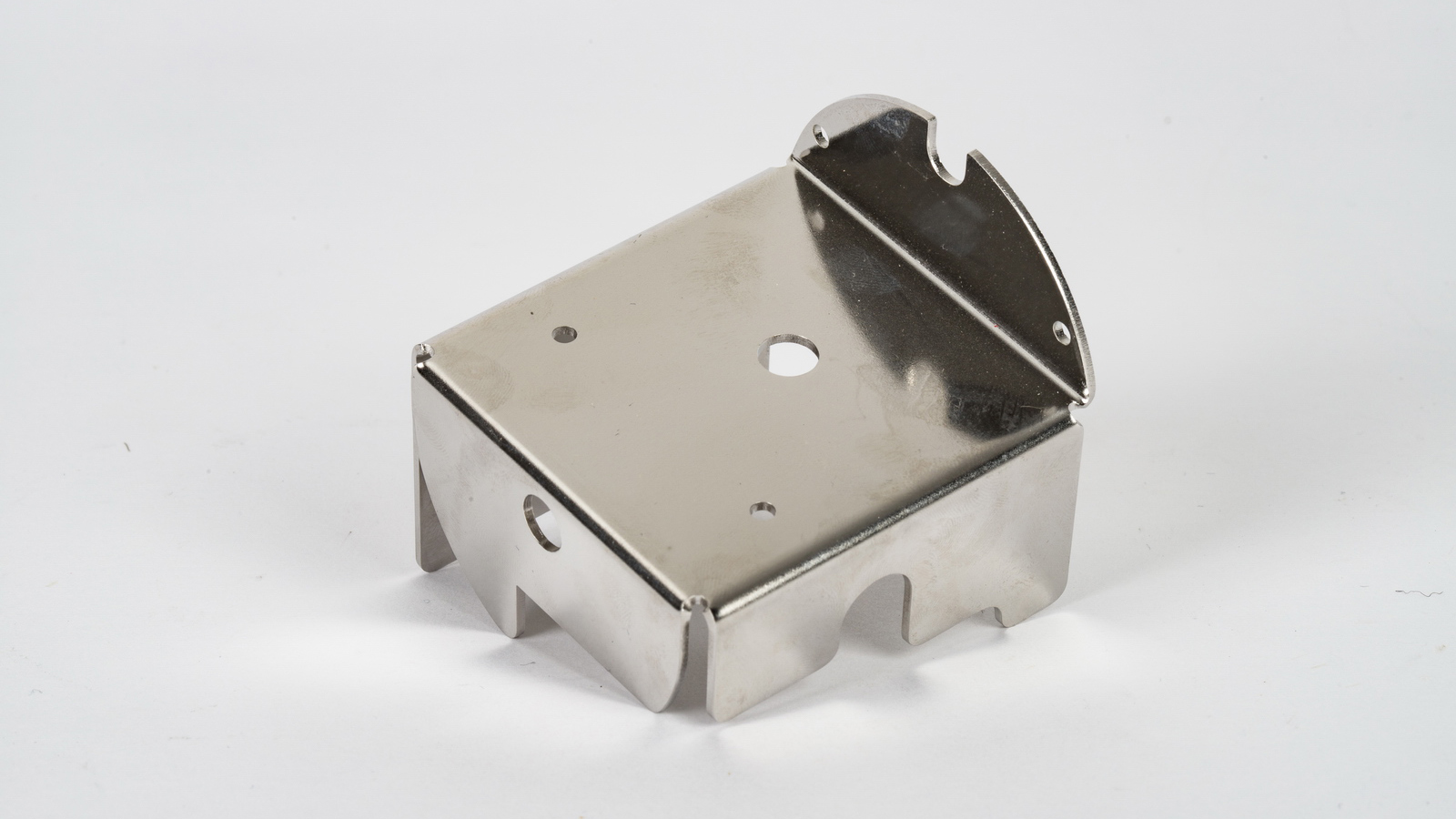
Prototyping: A Detailed Overview
1. Executive Summary
Prototyping is the process of creating a preliminary,
physical or digital model of a product or component before it goes into
full-scale production. It is a fundamental activity in the fields of
engineering, design, and manufacturing, serving as a tangible answer to the
question: "Will this idea work?"
The primary goal
of prototyping is not to create a perfect final product, but to learn, test, and communicate. It enables designers,
engineers, and stakeholders to validate concepts, identify potential issues,
and gather user feedback early in the development cycle, thereby reducing risk,
saving time, and ultimately leading to a better final product.
2. Core Principles & Philosophy
The philosophy of
prototyping is rooted in iterative design and the principle of "failing fast,
failing cheap." By creating inexpensive models early, teams can discover
flaws and make improvements before committing significant resources to tooling
and production.
Key Philosophies:
3. The Prototyping Process Workflow
Prototyping is not a single event but a
process that evolves in fidelity and complexity.
4. Types of Prototypes (Categorized by Purpose)
Prototypes serve different purposes
throughout the development process.
|
Type |
Purpose |
Typical Fidelity |
Example |
|
Proof-of-Concept (PoC) / Concept Model |
To validate the core principle or
functionality of an idea. Often crude and built with readily available
materials. |
Very Low |
A mechanism made from cardboard, rubber
bands, and tape. |
|
Form / Appearance Model |
To evaluate the aesthetic, ergonomics,
size, and shape of a product. Not functional. |
Medium to High |
A full-size, painted model of a new
smartphone, made to look like the final product. |
|
Functional / Works-Like Prototype |
To test the product's performance,
strength, and mechanics. It may not look like the final product. |
Medium |
A 3D-printed gearbox that functions
correctly, even if made from plastic instead of metal. |
|
User Experience (UX) / Feels-Like Prototype |
To test the interaction flow, user
interface, and overall user experience. Can be digital (e.g., a clickable app
mockup) or physical. |
Medium |
A foam model of a power tool to test grip
comfort and button placement. |
|
Engineering / Pre-Production Prototype |
A high-fidelity prototype that looks and
functions as close as possible to the final product. Used for final validation
before manufacturing. |
Very High |
A CNC-machined part made from the final
material, used for compliance testing. |
5. Fidelity Levels
6. Common Prototyping Technologies
The choice of technology depends on the
prototype's purpose, required material properties, timeline, and cost.
|
Technology |
Best For |
Pros |
Cons |
|
3D Printing (Additive Manufacturing) |
Form models, functional testing, complex
geometries. |
Speed, design freedom, no tooling required. |
Can be anisotropic; material properties not
always production-grade. |
|
CNC Machining (Subtractive Manufacturing) |
High-fidelity, functional prototypes. Excellent
material properties. |
High accuracy, uses real engineering
materials (metals, plastics). |
Higher cost, geometric limitations, can be
slower than 3D printing. |
|
Vacuum Casting (Urethane Casting) |
Small batches (10-25 units) of appearance
models that look and feel like injection-molded parts. |
Good surface finish, can simulate
production materials (ABS-like, PP-like). |
Requires a master pattern (often 3D
printed); limited mold life. |
|
Sheet Metal Prototyping |
Enclosures, brackets, chassis. |
Uses production processes; strong and
durable parts. |
Limited to sheet metal forms. |
|
Rapid Tooling / Prototype Molding |
Bridge manufacturing. Producing
100s-1,000s of parts in the final material before full-scale production
tooling is made. |
Parts are in the final material; validates
the manufacturing process. |
Higher cost and lead time than other
methods; still requires tooling. |
7. Advantages and Limitations
|
Advantages |
Limitations |
|
Reduces development risk and cost by identifying
problems early. |
Can be time-consuming and expensive, especially for
high-fidelity prototypes. |
|
Improves communication and aligns
stakeholder expectations. |
Potential for "falling in love"
with a prototype, making it difficult to accept necessary
changes. |
|
Facilitates user feedback leading to a
more user-centric design. |
May not fully represent the final product in terms of
performance or durability. |
|
Allows for exploration of multiple design
concepts without major investment. |
Can create intellectual property (IP)
disclosure risks if not managed properly. |
Conclusion
Prototyping is an indispensable methodology
in modern product development. It transforms abstract ideas into tangible
artifacts that can be evaluated, tested, and refined. By strategically
employing different types of prototypes at various stages—from a simple
proof-of-concept to a high-fidelity pre-production unit—teams can de-risk the
development process, save significant resources, and dramatically increase the
likelihood of bringing a successful, well-designed product to market.